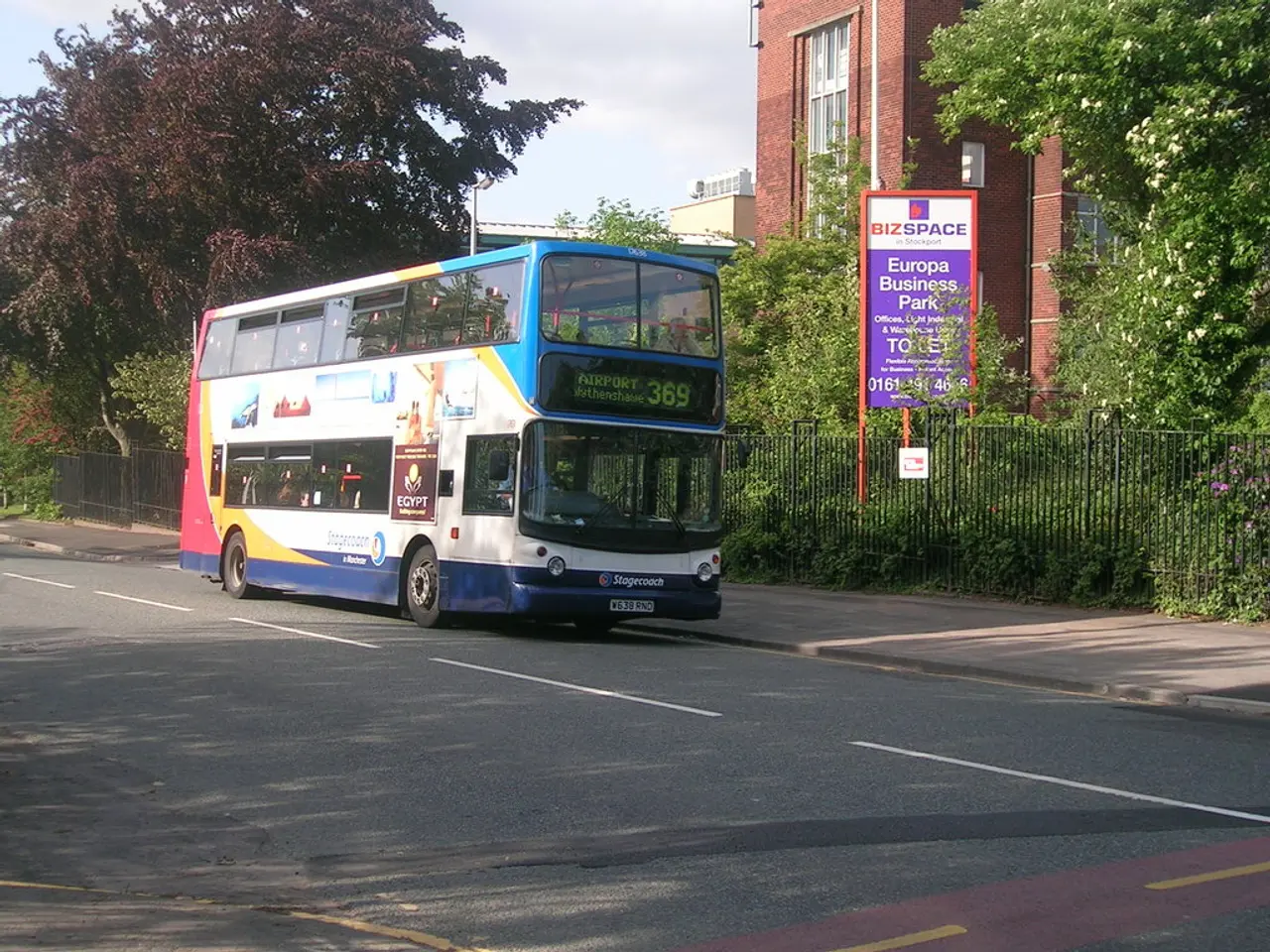Guide on Star Photography
In the realm of photography, astrophotography stands out as a unique and captivating genre. This year, the best cameras for capturing the celestial wonders of the night sky are the Nikon Z8, Sony A7S III, and Canon EOS R5, known for their exceptional low-light capabilities and astrophotography-specific features [1].
For those on a budget or just starting out, the Canon EOS R8 and Canon 6D are highly recommended. These cameras offer impressive performance at an affordable price [3][5].
When photographing stars, it's essential to manually control the ISO, exposure, and lens aperture settings to get the best results. High ISO settings allow for the capture of faint targets but may result in a decrease in quality [6]. Aperture determines the diameter of the lens that allows light to reach the imaging chip [8].
A tripod is indispensable for photographing the stars, as it provides stability for long exposures. A remote shutter release control is also necessary to prevent camera shake and ensure pin-sharp stars in images [9]. For nightscapes—wide-field, panoramic images of bright stars and the Moon, often set against a horizon—a wide-angle lens with a focal length of 16-28mm is needed [10].
Beyond the camera body, essential equipment includes star trackers, which are motorized mounts that compensate for Earth's rotation during long exposures, enabling sharp star images [11]. The iOptron SkyTracker Pro, Benro Polaris Astro Edition, and iOptron Skyguider Pro are recommended models, depending on your use case [2].
For those seeking deeper sky objects, cooled astronomy cameras can be used to reduce noise in very long exposures, but they are more specialized and costly [4].
A typical high-quality astrophotography setup would be a full-frame mirrorless camera, coupled with a wide-angle fast lens, supported by a reliable star tracker such as the iOptron SkyTracker Pro or Skyguider Pro, plus a sturdy tripod [12].
Composing a shot can be aided by the rule of thirds, where the ground takes up the lower third of the image, drawing the viewer's eye up to the stars [13]. Including an object in the foreground can make images of the stars more interesting [14].
For twilight landscapes, exposure should be 1 to 10 seconds, aperture f/2.8 to f/5.6, and sensitivity ISO 100 [6]. For constellations, exposure should be 15 to 40 seconds, aperture f/2 to f/2.8, and sensitivity ISO 800 to 1600 [6]. For aurora, exposure should be 3 to 30 seconds, aperture f/2 to f/2.8, and sensitivity ISO 400 [7]. For star trails, exposure should be 5 to 60 minutes, aperture f/4 to f/11, and sensitivity ISO 100 [8].
Remember, noise reduction can improve shots with a lot of light, but it can remove fainter stars from images of stars and constellations, so it's best turned off [6]. Many cameras offer a range of file formats, including Raw, JPEG, and Raw+JPEG. Using the Raw setting often produces the highest quality results [6].
Today's compact cameras can take reasonable images in low-light conditions and some have manual modes for full control [15]. The bulb setting allows for exposures lasting from one second to several minutes, using a remote shutter release or the delayed timer [16]. Using a red-light torch instead of a white-light one preserves night vision [17]. Live view, magnified finders, and camera control can help with focusing at night [18].
[1] The Best Cameras for Astrophotography in 2025 [2] The Best Star Trackers for Astrophotography in 2023 [3] Canon EOS R8 Review [4] The Best Cooled Cameras for Astrophotography in 2023 [5] Canon 6D Mark II Review
- Astrophotography, a remarkable genre in photography, is known for capturing the breathtaking wonders of the night sky.
- The Nikon Z8, Sony A7S III, and Canon EOS R5 are popular choices for astrophotography, acknowledged for their excellent low-light capabilities and special features.
- For budget-friendly options or beginners, the Canon EOS R8 and Canon 6D are highly recommended, offering remarkable performance at a reasonable price.
- Manually controlling the ISO, exposure, and lens aperture settings is necessary for capturing stellar images; high ISO settings, while capturing faint targets, may decrease image quality.
- Aperture determines the diameter of the lens that allows light to reach the imaging chip, and a tripod is essential for providing stability during long exposures.
- To prevent camera shake and ensure pin-sharp stars in images, a remote shutter release control is needed, and for nightscapes, a wide-angle lens with a focal length of 16-28mm is preferred.
- Beyond cameras, essential equipment includes star trackers, cooled astronomy cameras (for deeper sky objects), and a sturdy tripod, with models like the iOptron SkyTracker Pro or Skyguider Pro recommended.




